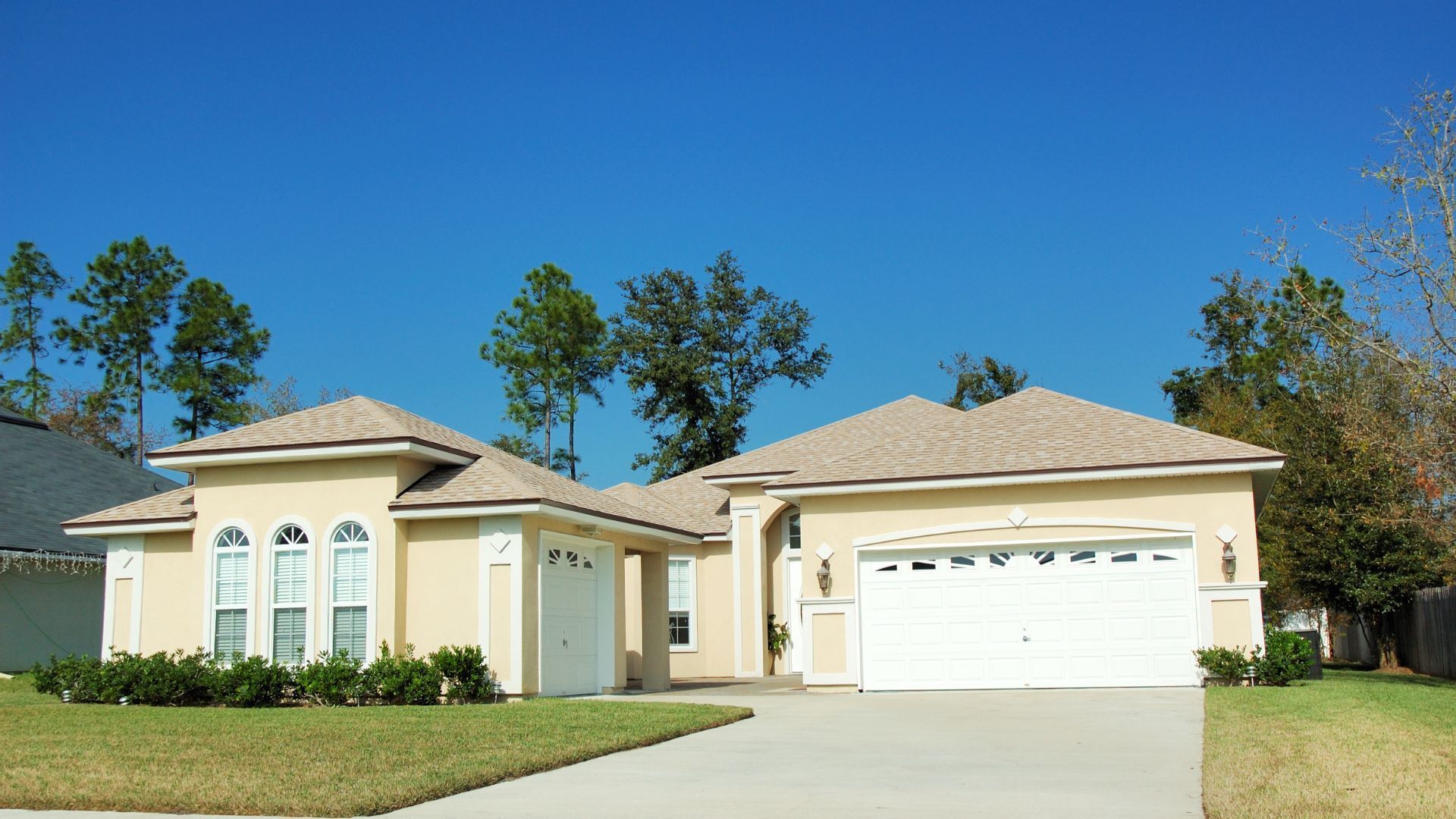Call (727) 784-5555
Mortgage rates soar to 4.42% following rate hike
According to the Freddie Mac‘s PMMS survey, rates climbed 26 basis points to 4.42%
The rollercoaster is still climbing. Mortgage rates are approaching 4.5%, a level economists forecasted would not be reached until the tail end of 2022. And there’s good reason to believe mortgage rates will be in the 5% range before too long.
According to data from Freddie Mac‘s PMMS survey, mortgage rates on the traditional 30-year fixed-rate mortgage jumped 26 basis points to 4.42% this week, with increases across all loan types.
“Rising inflation, escalating geopolitical uncertainty and the Federal Reserve’s actions are driving rates higher and weakening consumers’ purchasing power,” Sam Khater, Freddie Mac’s chief economist, said in a statement.
He added: “In short, the rise in mortgage rates, combined with continued house price appreciation, is increasing monthly mortgage payments and quickly affecting homebuyers’ ability to keep up with the market.”
The Fed made its first move to increase rates last week, raising the benchmark rate by a quarter of a percentage point.
The Fed said there would likely be six more rate hikes in 2022 and three more in 2023, the primary tool the central bank is using to reduce inflation, which climbed to a 40-year high in February, at an annual rate of 7.9%. But last week, Fed Chairman Jerome Powell said he believed inflation was still too high and that the central bank would take ‘necessary steps’ to address it. He noted those rate rises could go from the standard 25 basis point moves to more aggressive 50 basis point increases starting in May. That would push mortgage rates even higher, potentially into the 5% range.
The 30-year-fixed rate rose 26 points from 4.16% for the week ending March 24, according to Freddie Mac. A year ago, the 30-year averaged 3.17%. Freddie Mac assumes borrowers bought 0.8 mortgage points on their loan.
The 15-year fixed-rate mortgage averaged 3.63%, up from 3.39% last week. A year ago, the 15-year fixed-rate mortgage averaged 2.45%. The 5-year Treasury-indexed hybrid adjustable-rate mortgage averaged 3.36% with an average of 0.3 point purchase by borrowers, 17 basis points higher last week. A year ago, the 5-year ARM averaged 2.84%.
The increase in rates in recent months has chilled activity in the mortgage market. According to the Mortgage Bankers Association, mortgage applications this week are down 8.1% from the prior week.
The seasonally adjusted purchase index decreased 1.5% from one week earlier and was 12% lower year-over-year. Meanwhile, refi applications fell 14.3% from the prior week and were down 54.2% from a year ago.
Start Your Loan
with DDA todayYour local Mortgage Broker
Mortgage Broker Largo See our Reviews
Looking for more details? Listen to our extended podcast!
Check out our other helpful videos to learn more about credit and residential mortgages.





